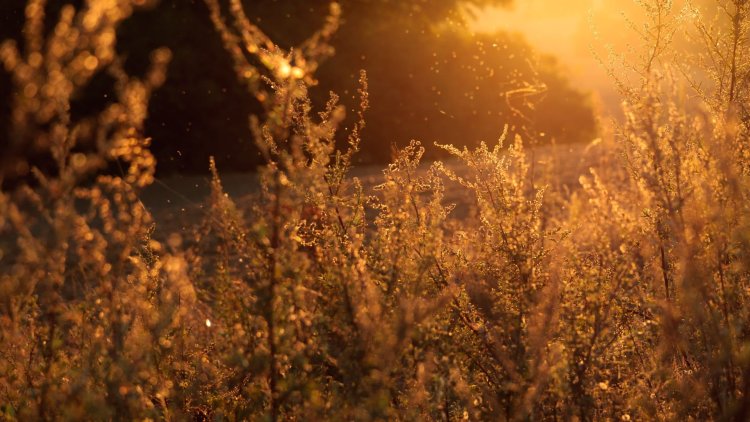How to treat spring allergies in children

Sneezing, nasal congestion, and a runny nose are common throughout the spring and summer months, as are tingling, itching, and watery eyes, as well as a sense of pressure in the sinuses. Pollen grains, which form and release plants during the pollination phase, are the reason. Children with pollen allergy symptoms (medical - allergic rhinitis or allergic conjunctivitis) breathe through their mouths due to a constantly stuffy nose, are pale, and have dark under-eye circles, rub the palm of the nose from the bottom up to unclog it, have sensitive eyes that itch, cough irritably for weeks, and complain of an itchy throat, so rub the hard palate with the tongue "to scratch." Some children also have symptoms of difficulty breathing, tightness and wheezing (allergic asthma) or eczema on the skin. A common question in practice is how can a parent differentiate between allergies and colds, when in both conditions the child coughs, has a runny nose, and a sore throat?
It is a cold if a youngster develops a temperature, even if it is 37.5 degrees Celsius. Allergies are never accompanied by a fever. In allergies, the discharge in the nose is always clear, transparent, and watery; it can linger for weeks, and it itches; in colds, the secretion is clear for the first few days, then mucous, thick, and yellow. The eyes might be wet and watery due to colds and allergies, but if the youngster rubs his eyes because it itch, it signals an allergy. When a youngster has a cold, his cough becomes dry and annoying, and most individuals start "coughing." Allergies induce a dry, long-lasting cough that is caused by the passage of clear secretions through the back wall of the throat, and all of the symptoms are always worse outside. Allergies can also cause many sneezes and frontal headaches during the blossoming of grass, trees, and weeds. Finally, after 7-10 days, cold symptoms will diminish, but the allergy may linger for weeks or even months. Don't forget that allergies are more common in families when at least one person has an allergy.
Unlike allergies to dust, mites, and food, pollen allergies are uncommon before the second year of life. It commonly appears in preschool and school age, peaking in the twenties, although it can also arise in adulthood for the first time. Symptoms might appear as early as the end of February and can linger until the end of November (global warming has extended the flowering season of plants, so the concentration of pollen is maintained in the air longer). The allergist will perform laboratory testing and skin tests to establish the type of pollen the kid is allergic to, whether there is a cross-allergy with certain foods, and whether the child is sensitive to other allergens at home. This is important because in case of pollen allergy, therapy should be included not when the symptoms are most pronounced, but two weeks before the flowering of the plant to which the child is allergic.





























